Student and Faculty Publications
West, Sarah. “Redevelopment along Arterial Streets: The Effects of Light Rail on Land Use Change,” with Kadek Ayu Vergianti Agustini ’18. Real Estate Economics, August 2022
Abstract: We use difference-in-differences approaches and parcel-level data from Minneapolis to estimate the effects of light rail on land use change using alternate definitions of treatment area. Results using circular buffers corroborate previous findings that light rail has virtually no effect on land use change in our study area. In contrast, light rail increases the likelihood of land use change along arterial streets that cross the line at station areas. To accurately model the effects of public transit projects on urban land use, one must consider how potential riders access station areas, rather than assuming accessibility improves radially around a station.
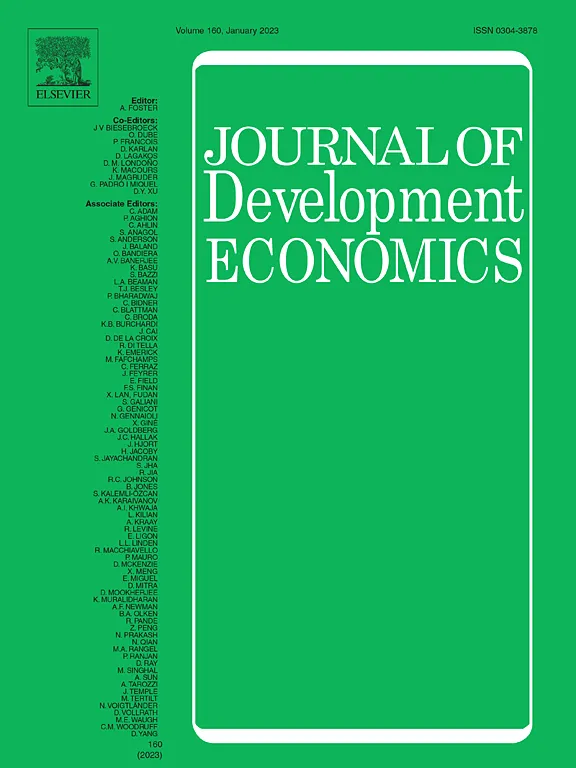
Friedt, Felix L. and Aidan Toner-Rodgers ’20. “Natural Disasters, FDI and Intra-National Spillovers: Evidence from India.” Journal of Development Economics, Volume 157, June 2022.
Abstract: This paper studies the effects of natural disasters on foreign direct investment, considering the case of India. We document large and persistent investment reductions in affected regions following a disaster as well as lasting positive spillovers into otherwise unaffected Indian regions. Intra-national relocations account for more than two-thirds of the losses in affected areas, explaining the puzzlingly small country-level findings of previous works. Furthermore, we show that these investment shifts tend to flow into more developed, less disaster-prone regions, fueling the prominent divergence in India’s economic growth. Combined, our results suggest that multinational firms consider both local cost and region-specific disaster risk when selecting locations for production.
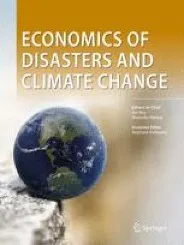
Friedt, Felix L. and Abigail Crispin ’18. “The Far Reach of Hurricane Maria: Spillover Effects on U.S. Pharmaceutical Sectors and Other Exposed Industries.” Economics of Disasters and Climate Change. October 2021.
Abstract: Environmental degradation raises the frequency of natural disasters, and the growing reliance on global value chains exposes domestic labor markets to the ripple effects of these international calamities. To date, we know relatively little about such implications for U.S. labor markets. We leverage the significant disruption of Puerto Rican production and exports due to Hurricane Maria to study the spillover effects on employment in mainland U.S. labor markets. We find that the reduction in Puerto Rican import competition raises U.S. employment and the number of manufacturing establishments, particularly among pharmaceutical sectors with the highest level of industry exposure.
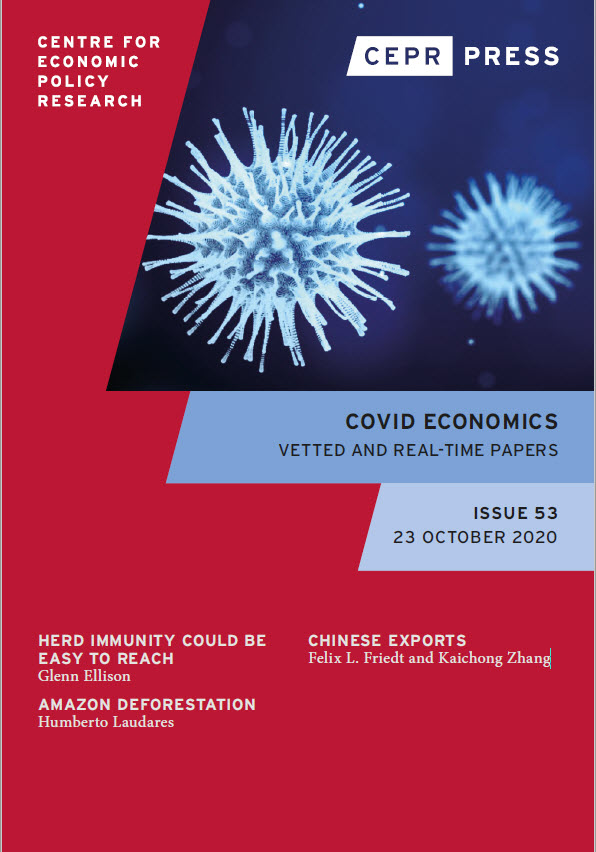
Matt (Kaichong) Zhang ’21 and Felix Friedt “The Triple Effect of Covid-19 on Chinese Exports: First Evidence of the Export Supply, Import Demand & GVC Contagion Effects” COVID Economics:Vetted and Real-Time Papers Issue 53, October 2020, pgs 72-109.
Abstract: In this study, we estimate the overall impact of the novel Coronavirus pandemic on Chinese exports and differentiate the hypothesized `triple pandemic effect’ across its three components: 1) the domestic supply shock; 2) the international demand shock; and 3) the effects of Global Value Chain (GVC) contagion. We find that Chinese exports are very sensitive to the severity of the global Coronavirus outbreaks. Average export elasticity estimates with respect to new Chinese and foreign destination country infections range from -2.5 to -4.6. Against a Covid-19-free counterfactual, our estimates predict that the pandemic has reduced Chinese exports by as much as 40% to 45% during the first half of 2020, but that these losses have peaked and are expected to partially recover by the end of the year. Moreover, we find that all three shocks contribute to the pandemic-induced reduction in Chinese exports, but that GVC contagion exerts the largest and most persistent influence explaining these losses. Among the three shocks, the impact of GVC contagion explains around 75\% of the total reduction in Chinese exports, while the domestic supply shock in China accounts for around 10% to 15% and the international demand shock only explains around 5% to 10%. As a result of these varying transmission channels, the pandemic effects appear to be very distinct from those explaining the Great Trade Collapse in 2008-09.
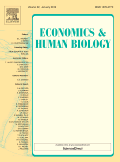
Natalie Kronebusch ’17 and Amy Damon “The effect of Conditional Cash Transfers on the Micronutrient Transition” Economics and Human Biology Vol. 33, May (2019), pgs 169-180.
Abstract: In this paper, we study the effect ofProgresa, a conditional cash transfer program in Mexico, on the micronutrient and macronutrient consumption levels of program participants. Overall, we find that Progresa has a complicated effect on nutrition outcomes. We find that treatment households increase their vitamin consumption by 15 percent and mineral consumption by 7 percent. Our results indicate that conditional cash transfers may have important positive effects on vitamin A, iron, and possibly calcium, which are under-consumed by a vast majority of the Mexican population. We also find that Progresa increases consumption of processed carbohydrates by 23 percent and saturated fat by about 5 percent. These findings suggest that Progresa has a dual effect on the nutrition outcomes of Progresa eligible households, likely improving macro- and micronutrient consumption levels, but also increasing the consumption of food categories that likely lead to increased prevalence of overweight and obesity.
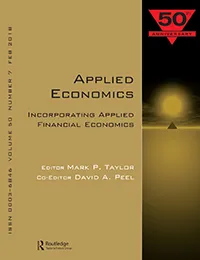
Ding, Liang. “Asymmetric Impact of Monetary Surprises on Exchange Rates”, with Qianyi Yang ’12, Applied Economics, Volume 50, 2018 – Issue 7, Pages 789-803.
Abstract: This paper examines the asymmetric response of exchange rate to monetary surprises. After controlling the type, direction and origin of the news as well as business cycle phase, a new asymmetry is found in the response of the exchange rate to news surprises. In specific, the US Dollar depreciates against major currencies as the response to the negative monetary surprises in the 2001 recession, while the Dollar appreciates responding to similar negative monetary surprises during the 2008 recession. The paper further explores possible causes and finds that time-varying status of the currency with higher financial returns may contribute to the new asymmetry.
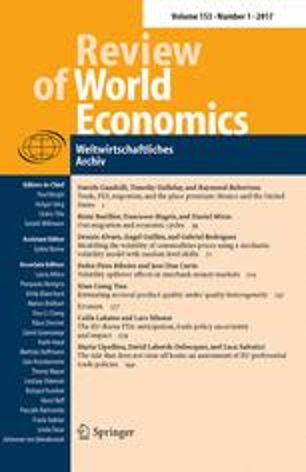
Davide Gandolfi ’13, Timothy Halliday and Raymond Robertson, “Trade, FDI, migration, and the place premium: Mexico and the United States,” Review of World Economics (February 2017), Vol. 153, 1-37.
Abstract: Large wage differences between countries (“place premiums”) are well documented. Theory suggests that factor price convergence should follow increased migration, capital flows, and commercial integration. All three have increased between the United States and Mexico over the last 25 years. This paper evaluates the degree of wage convergence between these countries during the period 1988 and 2011. We match survey and census data from Mexico and the United States to estimate the change in wage differentials for observationally identical workers over time. We find very little evidence of convergence. What evidence we do find is most likely due to factors unrelated to US–Mexico integration. While migration, trade, and FDI may reduce the US–Mexico wage differential, these effects are small when compared to the overall wage gap.

Disa Hynsjo ’14 and Amy Damon “Cognitive Achievement and Medium of Instruction: The effect of bilingual education in Peru” Economics of Education Review, 2016 (53):116-153.
Abstract: This study uses the Peruvian Young Lives International Study of Childhood Poverty’s School Level data to investigate the effect of Quechua-medium instruction on academic achievement. We find that Indigenous children who attend Quechua-medium schools achieve 0.429 standard deviations higher scores in mathematics compared to Indigenous children who attend Spanish-medium schools. There is no evidence that these effects are caused by quantitative or language achievement acquired prior to entering school. Our findings suggest that Quechua-medium education for children of Quechua speaking parents may play a role in ameliorating the Indigenous test score gap.
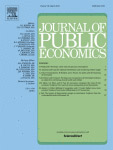
James Sallee ’01, Sarah West, and Wei Fan, “Do consumers recognize the value of fuel economy? Evidence from used car prices and gasoline price fluctuations,” Journal of Public Economics (2016) 135, 61-73.
Abstract:Debate about the appropriate design of energy policy hinges critically on whether consumers might undervalue energy efficiency, due to myopia or some other manifestation of limited rationality. We contribute to this debate by measuring consumers’ willingness to pay for fuel economy using a novel identification strategy and high quality microdata from wholesale used car auctions. We leverage differences in future fuel costs across otherwise identical vehicles that have different current mileage, and therefore different remaining lifetimes. By seeing how price differences across high and low mileage vehicles of different fuel economies change in response to shocks to the price of gasoline, we estimate the relationship between vehicle prices and future fuel costs. Our data suggest that used automobile prices move one for one with changes in present discounted future fuel costs, which implies that consumers fully value fuel economy.
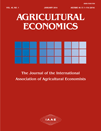
Amy Damon and Devon Kristiansen ’12, “Childhood Obesity in Mexico: The Effect of International Migration,” Agricultural Economics 45 (2014), 1-17.
Abstract: This article estimates the effect of international migration from Mexico to the United States on the obesity status of children who remain in Mexico. Theory suggests that increased liquidity as well as changing time allocations resulting from migration may influence obesity outcomes. Natural disasters are used as an identification strategy. Results suggest that older boys in urban areas are more likely to become obese when either a male or female migrates from the household, while girls in urban areas are less likely to become obese. Both changes in food expenditure patterns and time use changes after migration are likely pathways that affect childhood obesity. While there are some changes in food expenditures, we find more importantly that urban girls engage in more housework and screen time after migration, whereas urban teen boys do not substitute for adult work as much as girls. These changes in strenuous activities, particularly for girls, likely explain the differential effect that migration has on boys’ and girls’ obesity outcomes in Mexico.
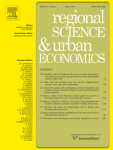
Needham Hurst ’11 and Sarah E. West, “Public Transit and Urban Redevelopment: The Effect of Light Rail Transit on Land Use in Minneapolis, Minnesota,” Regional Science and Urban Economics 46 (2014) 57-72.
Abstract: This study uses a unique data set derived from parcel data and aerial photographs to estimate the effect of the introduction of light rail transit (LRT) on land use in Minneapolis, Minnesota. We measure detailed changes in land use before and after construction of the METRO Blue Line and exploit heterogeneity in starting land use type and neighborhood characteristics to examine the differential effects of proximity to light rail across space. Results show that properties within ½ mile of operational LRT stations experience a small increase in the likelihood of land use change relative to when the LRT is under construction, but neither construction nor operation of the line appears to affect land use change relative to the time before construction. Within the corridor, proximity to LRT increases the likelihood of land use change on single-family and industrial properties, but appears to have no effect on vacant land, commercial properties, and multi-family properties. (This paper began as Needham’s Honors Thesis.)
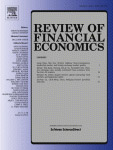
Liang Ding, Hao Zou ’10, and Vittorio Addona. “Semi-transparency, Dealership Market, and Foreign Exchange Market Quality,” Review of Financial Economics 21 (2012), 1-13.
Abstract: This paper examines the effects of a semi-transparency event, the introduction of the electronic trading system (EBS), on the market quality of a typical dealership market – the FX market. We find that increasing transparency leads to smaller quote disagreement among dealers and higher trading volume, but the beneficial effects are bigger for uninformed dealers than informed dealers. We also find that information efficiency improves overall in the semi-transparent system; however, informed dealers are found to quote less aggressively in the more transparent market. We conclude that semi-transparency raises market quality in general, but that it is the uninformed dealers who benefit more from this increased quality.
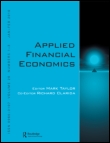
Liang Ding, Hiro Miyaki ’09 and Hao Zou ’10, “Asymmetric Correlations in Equity Returns: A Fundamental-based Explanation,” Applied Financial Economics, March 2011, pages 389 – 399. This paper provides a fundamental-based explanation for the pattern that stock returns are more correlated in bear markets than bull markets. Started as Hiro’s honors thesis and finished by Hao in his summer research project with Professor Ding.
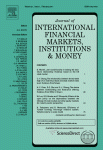
Liang Ding and Jonas Hiltrop ‘08, “The Electronic Trading Systems and Bid-ask Spreads in the Foreign Exchange Market”, Journal of International Financial Markets, Institutions & Money, October 2010, 323-345. This paper examines the impact of electronic trading systems on the liquidity of the foreign exchange market. The paper finds that the new systems significantly increase market liquidity but the effect is bigger for uninformed dealers than informed dealers. Started as Jonas’ independent study project with professor Ding at Macalester.
Liang Ding and Linh To ‘07, “The Forward Premium Puzzle across Maturities”, Economics Bulletin, 2010, Vol. 30 no.2, 1113-1119.
Abstract: This paper tests the forward premium puzzle in a wide range of maturities from 1-day to 5-year. It finds that the forward premium puzzle appears to be most significant for medium maturities, while disappearing for both very short and long maturities. Started as Linh’s honors thesis at Macalester.

Soren Anderson ‘01 and Sarah E. West, “Open Space, Residential Property Values, and Spatial Context,” Regional Science and Urban Economics 36 (2006) 773-789.
Abstract: This paper estimates the effect of parks, lakes, rivers, and other open spaces on residential property values in the Twin Cities. It finds that the value of open space depends critically on neighborhood context, and has important implications for urban planning. Begun as Soren Anderson’s honors thesis at Macalester, it is now one of the top ten most-cited RSUE articles published since 2005.